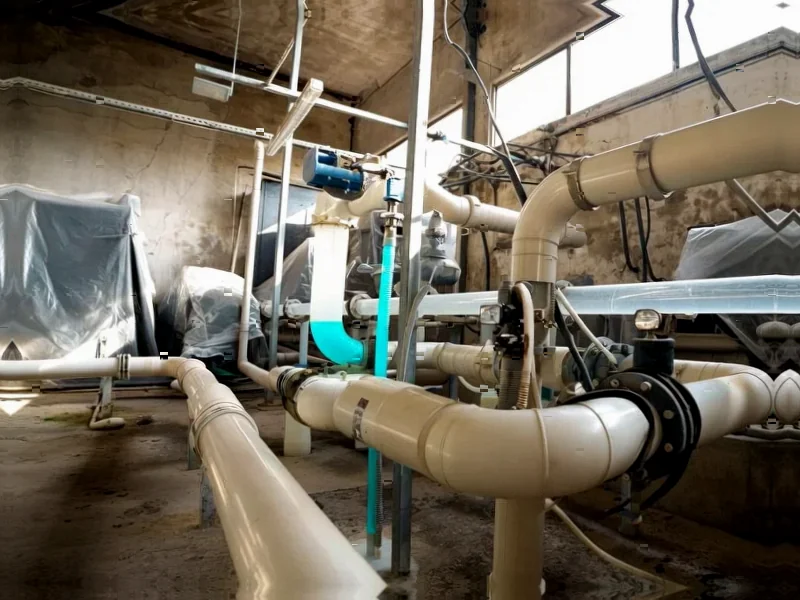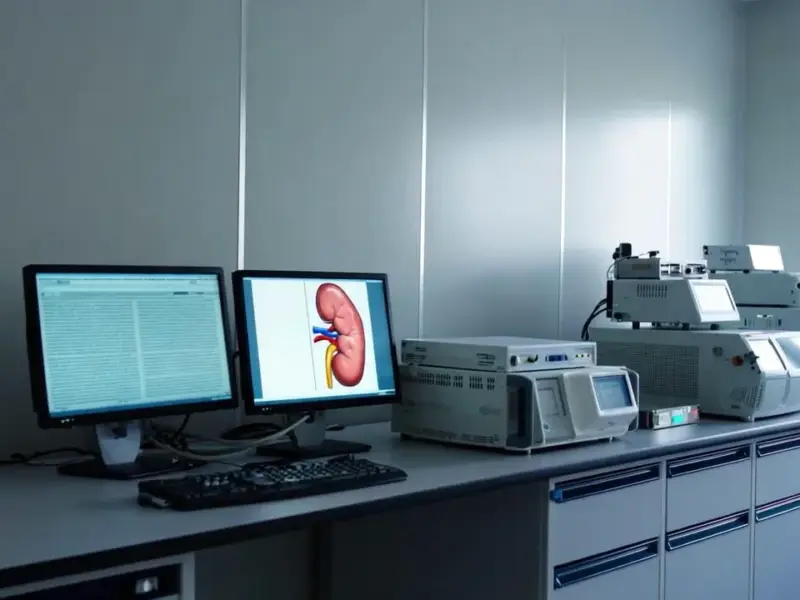According to Manufacturing.net, the manufacturing industry is experiencing a profound transformation through what they’re calling the AI Productivity Cycle. This framework connects artificial intelligence with enterprise-wide digital infrastructure to create continuous learning and improvement loops. The system enables manufacturers to answer complex “what if” questions in seconds—questions about material changes, supplier failures, or design tweaks that previously took days or weeks to analyze. The cycle operates through three phases: Discover, which surfaces hidden insights from existing data; Enrich, which expands the digital thread’s reach and depth; and Amplify, where AI accelerates innovation through generative design and scenario planning. This creates a feedback loop that continuously strengthens an organization’s digital capabilities.
Why this matters
Here’s the thing: manufacturing has been drowning in data but starving for insights for years. Companies have PLM systems, supply chain databases, quality records—all sitting there disconnected. The AI Productivity Cycle basically stitches these silos together into something actually useful. Instead of engineers spending days hunting through spreadsheets to find why a component keeps failing, AI can instantly connect the dots between supplier data, manufacturing records, and customer complaints. That’s not just faster—it’s fundamentally changing how problems get solved.
The human impact
So what does this mean for the people actually doing the work? Well, it’s shifting roles from data hunters to decision makers. Engineers spend less time searching and more time designing. Quality teams move from reactive problem-solving to proactive risk assessment. But here’s the real question: will companies use this to empower their teams or just cut headcount? The smart ones will recognize that AI handles the grunt work while humans focus on the creative, strategic stuff. The ones just looking for quick cost savings might miss the bigger opportunity entirely.
Broader implications
Look, this isn’t just about making existing processes slightly more efficient. We’re talking about a fundamental shift in how manufacturing companies operate. When you can model thousands of design variations in minutes while balancing cost, performance, and sustainability goals simultaneously, you’re playing a different game. Supply chain resilience gets built into products from the start. Sustainability becomes an integrated consideration rather than an afterthought. Companies that master this cycle will be able to pivot faster, innovate more boldly, and honestly, leave competitors in the dust.
The catch
Now, let’s be real—this isn’t something you just flip a switch for. The AI Productivity Cycle requires what they call a “mature, enterprise-wide digital infrastructure.” That’s code for “you need your data house in order first.” Many manufacturers are still wrestling with basic digital transformation, let alone AI integration. And there’s the cultural shift—getting teams to trust AI-driven insights and change decades-old processes. But the companies that figure this out? They’re the ones that will define manufacturing for the next generation.




